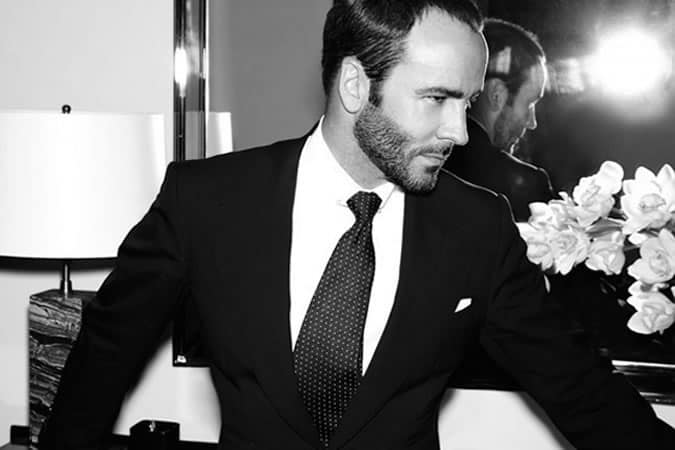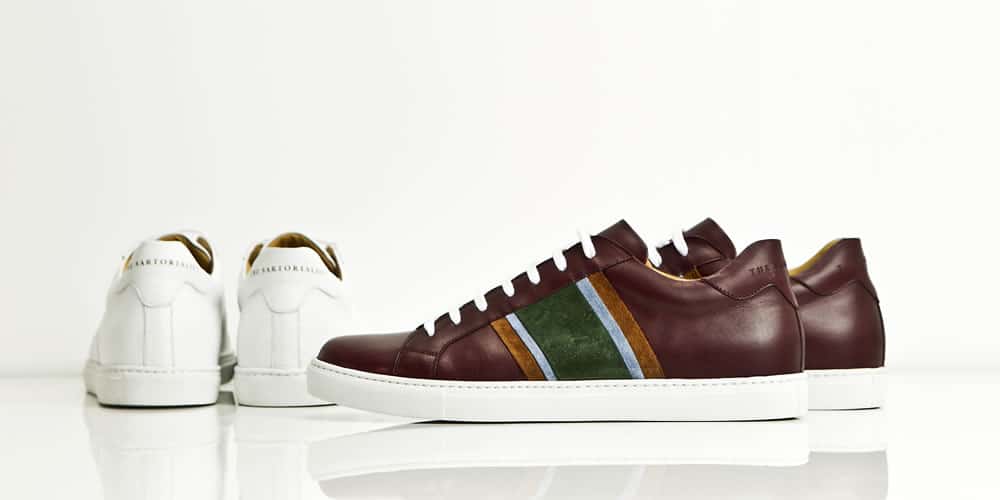Why The 1950s Is The Most Stylish Decade Right Now
There’s a key moment in The Wild One, the 1953 youth-ploitation movie in which an outlaw biker gang runs rampant through Hicksville USA, when a starstruck girl inquires of their ringleader, an impeccably leather-jacketed, cuff-jeaned, scuff-booted, 1950s men’s fashion icon Marlon Brando, “Hey Johnny, what are you rebelling against?”
Brando’s response, with a world-weary sigh: “What’ve you got?”
The short answer, at least in sartorial terms, was: quite a lot. The early years of the decade were a style desert, a buttoned-up hangover of rigid post-war conformity in which even the maddest of men were trapped in grey-suit lockdown; but a great loosening-up had begun to occur by the time Brando roared into town.
Rock ‘n’ roll music, Beat poetry, and the abstract expressionists were leading the countercultural charge, and fashion took its cue from their let-it-all-hang-out ethos; cuts became looser, collars lost their starch, and elements of sportswear, workwear, and military uniform began to find their way into the everyday wardrobe.
What Is 1950s Men’s Style?
This was a time when some of today’s style staples – the turtleneck, the denim jacket , the knitted polo – were starting to come into their own, worn with an air of studied nonchalance, if not a sneer at the be-hatted corporate drones. But perhaps nothing symbolised the new, rebel-yell era more potently than the elevation of the humble white T-shirt.
Formerly a military-issue undergarment, it was suddenly draped across the decade’s most iconic chests; Brando got sweaty in one in 1951’s A Streetcar Named Desire, while James Dean brooded in one in Rebel Without A Cause (1955). Even Arthur Miller was pictured in one at his writing desk. “It became a kind of visual shorthand for rebellion,” says G. Bruce Boyer, fashion historian and author of True Style: The History and Principles of Classic Menswear, who was himself a teenager in the 1950s. “It represented the appropriation of blue-collar clothing for those who refused to buy into corporate society.”





